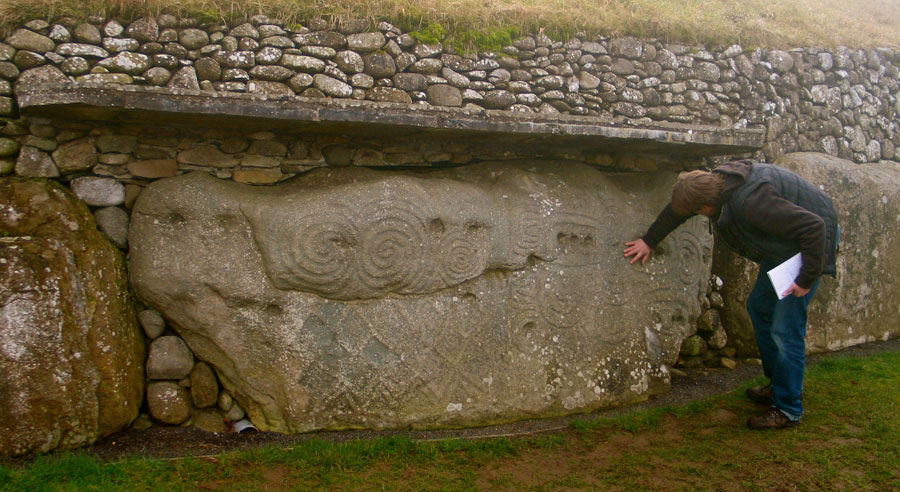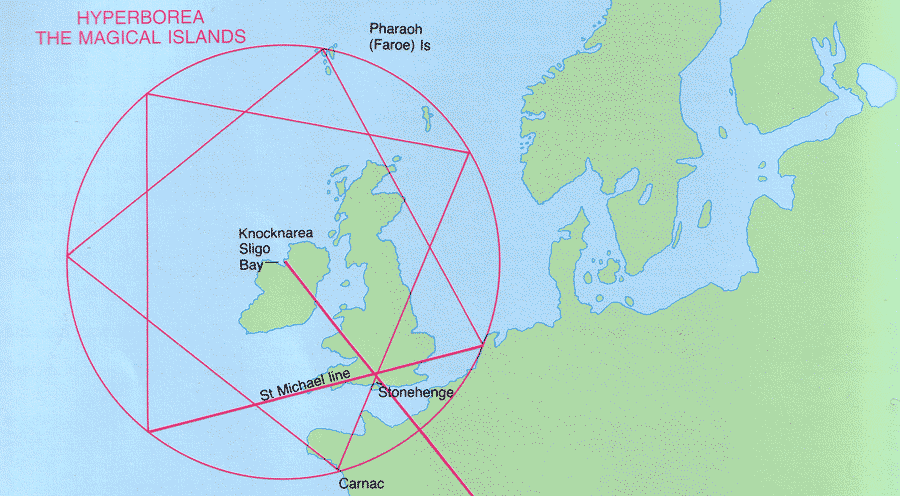Energy Lines at Newgrange
Many ancient monuments are built at sites that seem mysterious and powerful to us today. For all the work done by archaeologists and researchers at these sites, we still cannot say with any degree of certainty why the ancients built these monuments. There is a school of thought that says these buildings are sited to harness and focus the natural energies of the earth. Much work has been done on energies at ancient sites in England, but not so much in Ireland. The main contribution to energy work and research in Ireland is found in the book Pi in the Sky by the late Michael Poynder, which has a chapter dedicated to Newgrange.
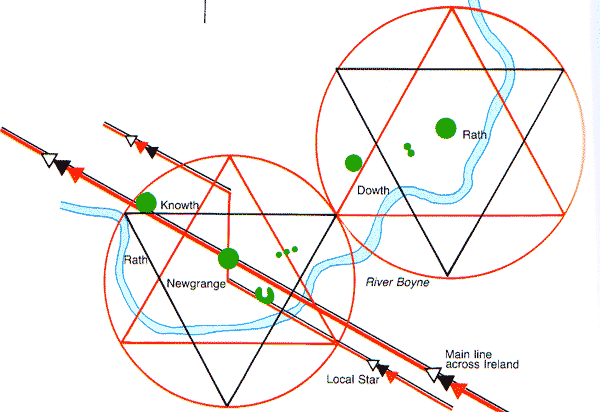
To sum up Poynder's ideas briefly, the stone age people of Ireland were refugees fleeing the destruction of Atlantis. The mounds are large orgone accumulators, designed by their builders to harness the natural energies present within the earth. Poynder, and several researchers since, believe that fertility had been drastically reduced during the neolithic era due to a cycle of large solar flares. This is not such an outlandish proposition as we are now experiencing many solar flares and corresponding catalyclysmic events in the run up to 2012. The chambers were used for fertility rites, and probably for conceiving children, which is certainly echoed in the mythology at Newgrange.
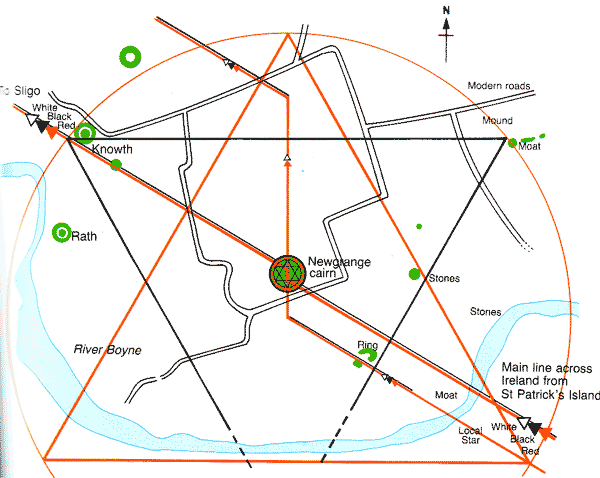
Poynder draws together information from several other researchers. The earth stars are the discovery of Clive Beadon, a retired RAF pilot who was interested in dowsing. Poynder spent 30 years dowsing sites in Ireland and mapping their earth stars. He believes Newgrange is part of a massive network of lines which pass through many important ancient sites. In Ireland, the four large complexes of chambered mounds, Carrowmore, Carrowkeel, Loughcrew and the Boyne Valley, and other sites like Tara, Fourknocks, Sheebeg and Sheemor are all found along a line that crosses the country from Sligo to Dublin. The line bends at Queen Maeve's cairn atop Knocknarea and then passes through the Cashel on Inishmurray and Glencolumbkille.
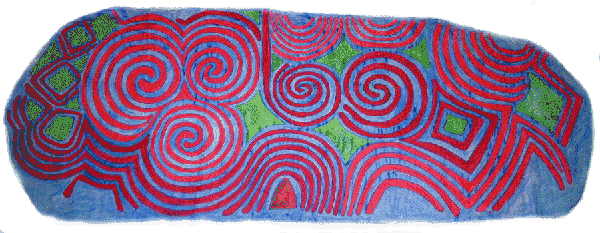
Interestingly enough if you follow the line in the other dirction from Knocknarea, it passes through Newgrange between the two engraved stones, the entrance stone and kerbstone 52, passing through the chamber and down along the passage and then on to Fourknocks. Stonehenge, the most famous monument in England is on the same line, and the passage of Newgrange could be said to be oriented on the site of Stonehenge.
Close to Carn Menyn runs the Golden Road, a Neolithic trackway dating back some 5,000 years, which would have been a main trade route between Wessex and Ireland: bringing back gold from the Wicklow Hills. The existence of this trade route may go some way to explaining the myth, recounted in Geoffrey of Monmouth's Historia, that Merlin the magician was involved in transporting the Stonehenge bluestones from Ireland to Wiltshire. It is quite possible that this account contains an echo of an oral tradition that the stones were transported a great distance over water by superhuman powers.
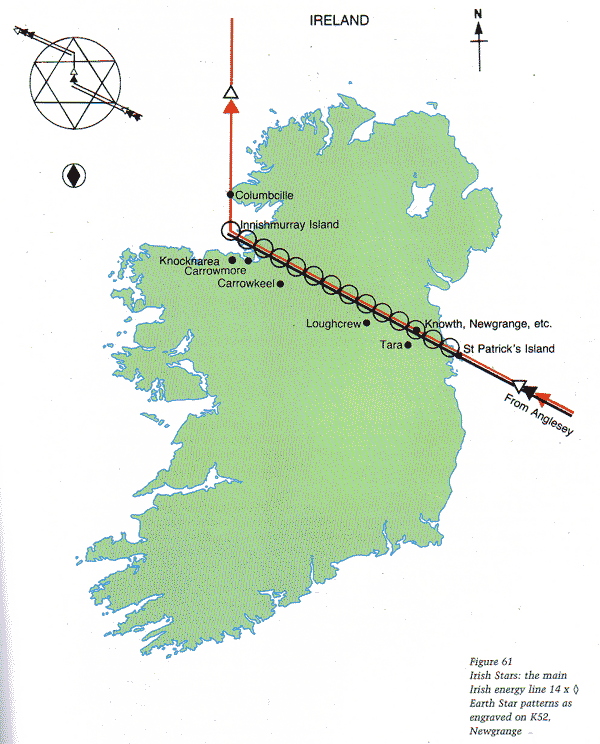
Aside from Poynder's work, many people experience a powerful energy and presence at Newgrange, which is especially potent and palpable around full moons, solstices and equinoxes. Many dowsers used to visit Newgrange to map the underground water systems, and it was not uncommon to see pendulums swinging wildly at Kerbstone 52 and Kerbstone 67. I once camped in the field behind Newgrange over an equinox, and the mound seemed to be throbbing all night, like a huge grounded UFO.

